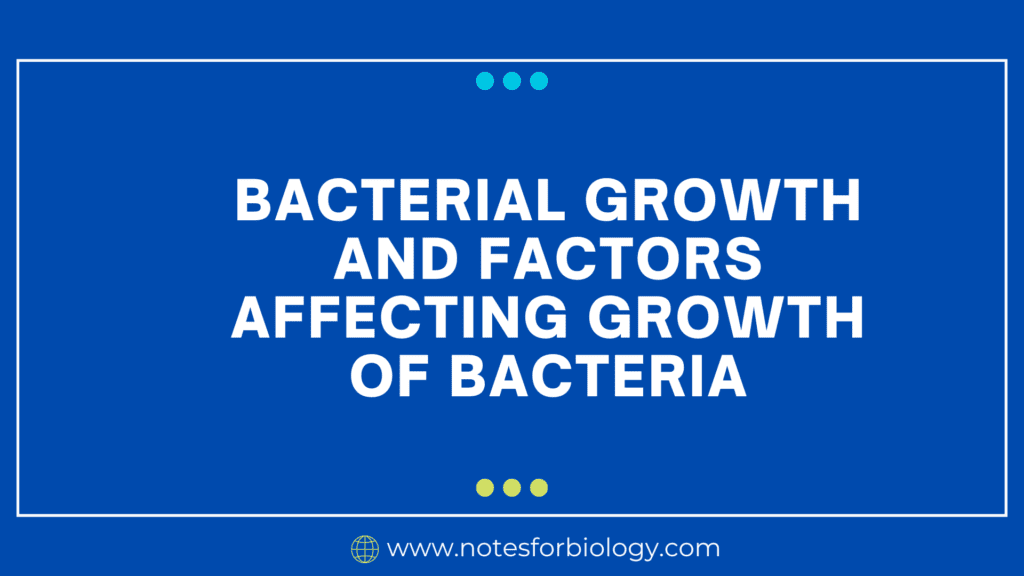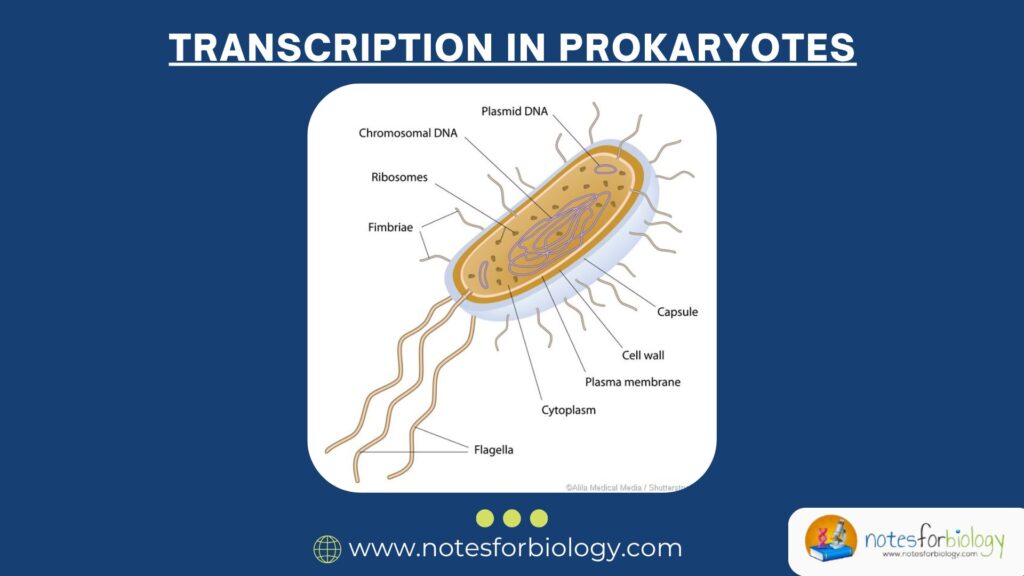Bacterial Growth refers to the increase in the number of bacterial cells in a population. This process occurs through binary fission, where a single bacterial cell divides into two genetically identical daughter cells. Bacterial Growth is not about the enlargement of individual cells but rather about the reproduction and increase in the cell population. Rather than an increase in the size of individual cells, bacterial Growth is defined as the expansion of the number of bacteria. Usually, binary fission—the mechanism by which a single bacterial cell divides into two identical daughter cells—is responsible for this growth. There are a number of environmental and dietary factors that can either encourage or hinder the growth of bacteria.
Table of Contents
Bacteria
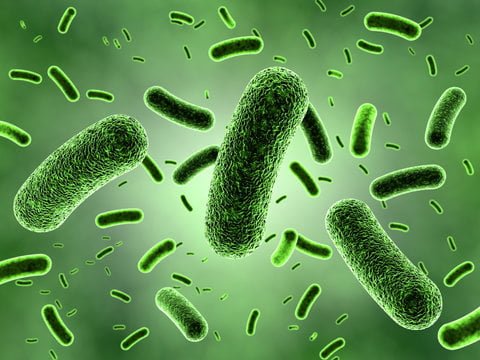
Bacterial Growth Curve
The bacterial growth curve, which comprises four phases, is a predictable pattern that describes how a bacterial population grows in a closed system.
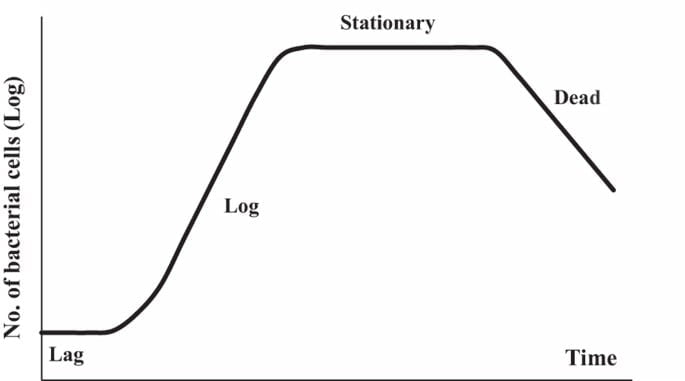
Lag Phase
- The bacteria are getting used to their new surroundings.
- Cells are metabolically active, producing enzymes and other chemicals needed for growth even in the absence of much cell division.
Log (Exponential) Phase
- There is a maximum and consistent rate of rapid cell division and population increase.
- At this stage, the metabolism of the cells is at its peak, and they are also the most susceptible to antibiotics.
Stationary Phase
- When resources get scarce and waste products build up, the rate of cell division decreases.
- A steady population size is reached when the number of newly formed cells is equal to the number of dying cells.
Death (Decline) Phase
- The quantity of dying cells is greater than the quantity of newly created cells.
- When cells run out of nutrition and accumulate hazardous byproducts, the population declines.
Factors Affecting Bacterial Growth
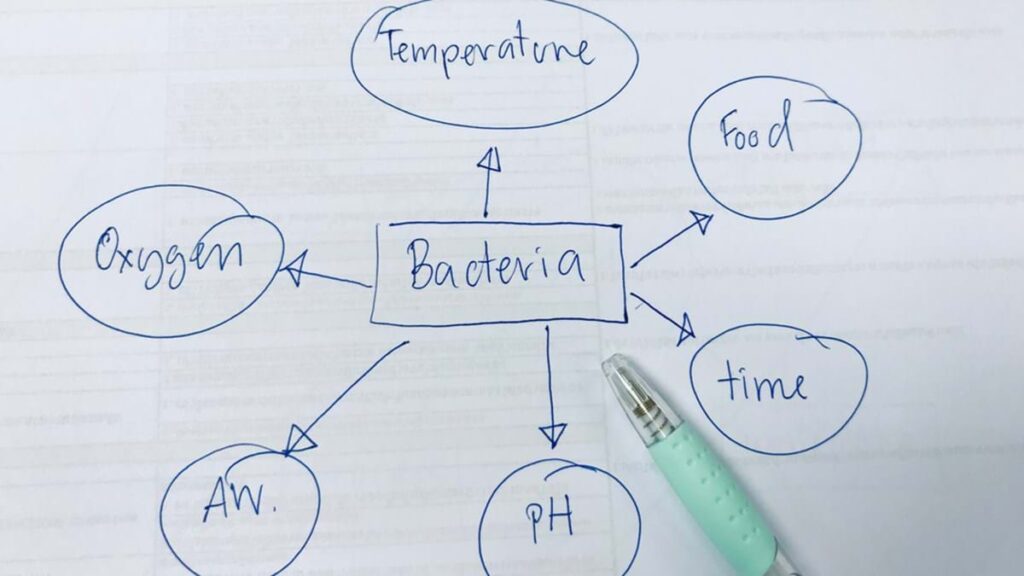
Temperature
- The ideal temperature range for psychophiles is between -5°C and 20°C.
- Mesophiles: Preferred growing temperature range for them is moderate 20°C to 45°C. Human pathogens are predominantly mesophilic.
- Thermophiles: Prefer temperatures between 45°C and 80°C, or greater.
- Hyperthermophiles: Require temperatures above 80°C for optimal growth.
pH
- The majority of bacteria favor a pH of 6.5 to 7.5.
- Acidophiles: Absorb best in situations with a pH of less than 6.5.
- Alkaliphiles: Prefer environments with a pH of above 7.5.
Oxygen Requirements
- Aerobes that are obligate: They need oxygen to grow.
- Only grow in the absence of oxygen, being obligate anaerobes.
- Though they can develop in the absence or presence of oxygen, facultative anaerobes prefer it.
- Microaerophiles: Need little oxygen to survive.
- Anaerobes that are aerotolerant may withstand the presence of oxygen but do not require it.
Nutrient Availability
- For growth, bacteria require a variety of nutrients, such as trace elements, carbon, nitrogen, sulfur, phosphorus, and organic growth factors (such vitamins).
- The concentration and accessibility of these nutrients have a direct bearing on the rates of bacterial growth.
Water Activity (aw)
- Bacterial growth is influenced by water availability.
- For most bacteria, significant water activity (aw > 0.90) is necessary. High quantities of salt, which reduce water activity, are either required or tolerated by halophiles.
Osmotic Pressure
- For bacteria to stop plasmolysis or cell lysis, osmotic balance must be maintained.
- Halophiles: Adjust to elevated salinity levels.
Radiation
- X-rays, gamma rays, and ultraviolet (UV) radiation can harm bacterial DNA and stop or destroy cell growth.
Chemical Agents
- Antibiotics, disinfectants, and antiseptics can either kill or stop the growth of bacteria.
- When these chemicals are present, resistance mechanisms may have an impact on the survival of the bacteria.
Conclusion
It is feasible to encourage good bacteria (for fermentation, for example) or suppress bad bacteria (for infection control and food preservation, for example) by regulating the conditions that affect bacterial growth.
It’s critical to comprehend the variables influencing bacterial growth in a number of disciplines, including microbiology, biotechnology, medicine, and food safety. Controlling these variables allows one to either encourage (as in industrial fermentation) or suppress (as in food spoilage prevention and infection treatment) bacterial development.
Frequently Asked Question(FAQ)
Define Bacterial Growth?
Bacterial Growth refers to the increase in the number of bacterial cells in a population. This process occurs through binary fission, where a single bacterial cell divides into two genetically identical daughter cells.
What are the 4 stages of bacterial growth?
Bacterial Growth progress through four phases of growth they are the lag phase, the log phase, the stationary phase, and the death phase.
What causes bacteria to grow?
Although bacteria can withstand temperatures greater or lower than those of humans, they thrive in warm, humid, protein-rich environments that are either slightly acidic or neutral in pH.
What are the four 4 conditions for bacterial growth?
Food, acidity, time, temperature, oxygen, and moisture are the four conditions of bacterial growth.
Related Article

